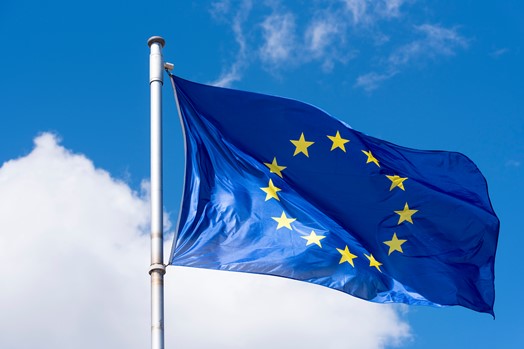In the last year or so, the COVID-19 pandemic has strongly affected supply chains; and with supplies of raw materials becoming harder to hold fast, unexpected basic material cost fluctuations are making it very difficult for manufacturers to remain in the black.
As a result, manufacturers find themselves in a difficult position: they either absorb additional spendings, become creative (when it comes to mitigating expenses) or pass price increases to customers, already reluctant to spend.
Raw materials price rise: key factors
Market conditions are pricing up the cost of raw materials and manufacturers face tumbling challenges, two of which remain particularly concerning: slowing supplier deliveries and labour availability.
We can account for some of the factors which have given rise to this situation:
- The Coronavirus pandemic and its supply shock
- The loss of labour due to contagions, border closures and difficulties in mobilisation, which translates into lower productivity
- A strong global market demand due to strong economic recovery both in Asia and in the United States
- China’s V shape recovery
- The oil price increase (58% since 2020)
- A global shortage of containers that has lead to soaring prices in transport costs
- The rise in transport costs mainly from Asia to Europe leading to further restrictions in supplies to Europe
- The origination of additional non-tariff costs related to the new UK customs arrangements with the EU
The European stand: new update to the EIT (European Industrial Strategy)
With a competitive Single Market in mind, the European Commission presented last 5 May an update to the European Industrial Strategy (EIT).
As we already know, the COVID-19 has unmasked the Single Market’s lack of resiliency and its high dependency on strategic resources from non-eu countries.
This new update tackles the following issues, among other:
- The need for diversification of supply chains
- The importance of increased use of secondary raw materials
- The imminent transition to a circular economyular

The EU economy relies partly on minerals and metals, which also represent the key to a more sustainable future. However, access to raw materials for the EU industry faces increasing competition as the EU does not currently produce the raw materials that it needs.
Regarding the aforementioned update Bernd Schäfer, CEO, Managing Director of EIT RawMaterials said: “EIT RawMaterials welcomes the new update to the European Industrial Strategy. Raw materials are the nucleus of Europe’s industrial infrastructure. EIT RawMaterials and the European Raw Materials Alliance (ERMA) envision a green and resilient Europe where raw materials are a major strength of our economy. We will continue our work connecting education, innovation and entrepreneurship and supporting investment cases to lay the foundations for Europe’s future technological leadership and a circular economy.”
What the future holds
EIT RawMaterials coordinates the European Raw Materials Alliance (ERMA), which was conceived to procure access to critical and strategic raw materials, advanced materials, and processing know-how for EU industrial ecosystems.
Fortunately enough, the European Industrial Strategy focuses on the need for industrial alliances in strategic areas such as raw materials. As described in this article, ERMA unlocks multi-country, public and private investment potentials and supports strategic developments with potential for innovation and high-value job creation in the raw materials sector.
When all is said and done…
We know for a fact that industries emerge stronger from crises. The European Commission will continue to support Member States through the Important Projects of Common European Interest (IPCEIs), and the industry itself will find its way out of this challenging stretch.

